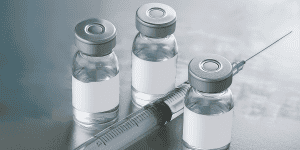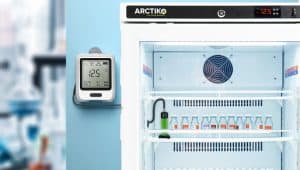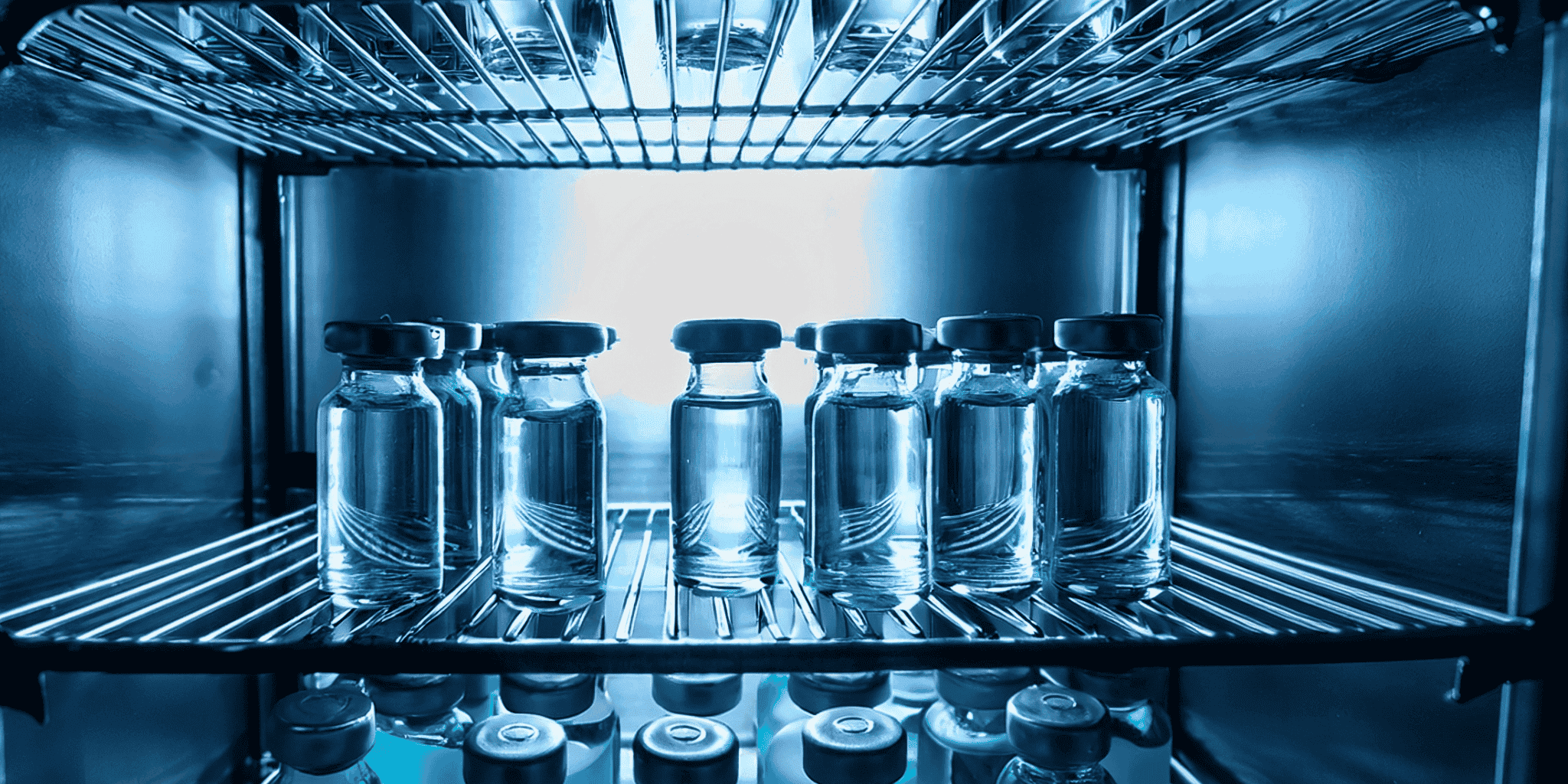Wake-Up Call for Cold Chain Management
The power outage that struck Spain and Portugal affected millions and disrupted critical infrastructure for up to 10 hours, exposing the fragility of cold chain logistics. Hospitals in Madrid and Catalonia relied on backup generators to sustain essential operations, but routine procedures were halted, underscoring the strain on healthcare systems. On social media sites such as X, Spanish and Portuguese healthcare experts immediately exchanged advice on maintaining temperature-sensitive medications, emphasising the importance of rigorous protocols. This blackout, one of the worst in Europe in almost two decades, underlined the crucial need for robust power infrastructure and preventive steps to safeguard vaccines and medical materials from long-term interruptions.
What happens to medicines during a power cut?
During a power outage, refrigeration systems containing vaccines may lose electricity, causing temperatures to increase or fall outside of recommended storage limits (usually 2°C to 8°C for most vaccinations and refrigerated medicines). This can compromise the effectiveness of the medicine, resulting in deterioration, decreased potency, or the need to destroy inventory, which can be expensive and impact patient treatment.

What to do when a vaccine fridge loses power
In the event of a power outage, you must act quickly. Here’s what you should do:
- Keep the fridge door closed – Avoid opening your fridge door to maintain temperatures between +2°C and +8°C.
- Start monitoring the temperatures closely – Using a digital temperature monitoring device provides continuous monitoring even during a power cut.
- Transfer to alternative storage – If power is not restored within four hours, transfer to a backup refrigerator with a stable power source.
- Activate your emergency plan.
Investing in a reliable remote data logger allows you to manage everything remotely. EasyLog’s remote data recorders, including the EL-WIFI-VAC and EL-USB-VACX, are excellent for emergency cold chain management. These devices show the current, minimum, and maximum temperatures and instantly upload data to the EasyLog Cloud when connectivity is restored, guaranteeing complete visibility and compliance.

How long can vaccines stay safe without power?
Vaccines can be stored outside the refrigerator for a limited time, but only under regulated circumstances. It also depends on the vaccine being stored. Some vaccines should not be stored for longer than 20 minutes without adequate temperature control; others are less sensitive. You should consult the manufacturer’s guidelines for exact timings.
Can vaccines be damaged by a short power cut?
For a very short power outage, vaccines in well-sealed refrigerators should likely remain within a safe temperature range. However, it is critical that temperatures are monitored continuously to know if the temperature change has damaged vaccines.
How can I keep my vaccines cold?
To keep vaccines cold after a power outage or refrigerator failure, take immediate measures to maintain the recommended 2°C to 8°C storage range. Keep the fridge door closed to maintain temperatures for up to 4 hours, and utilize an uninterruptible power supply (UPS) or backup generator to continue chilling for 8-10 hours or more. Monitor temperatures with EasyLog data loggers (such as the EL-WiFi-T), which transmit real-time warnings via the EasyLog Cloud whenever deviations occur.
If power is not restored within 4 hours, move vaccines to a powered backup refrigerator or an off-site facility using hard-sided coolers lined with conditioned frozen ice packs, corrugated cardboard, and insulating material such as bubble wrap, while a digital data logger probe like EasyLog’s EL-WIFI-VAC data logger monitors the temperature. Close coolers to preserve cold chain conditions for up to 8 hours, and activate an emergency plan to connect with local health authorities or access resources, ensuring vaccination effectiveness and avoiding losses.
How should I package my vaccines for transport during emergencies?
During situations such as power outages, vaccines must be delivered in an approved cool box capable of maintaining temperatures ranging from +2°C to +8°C. The UK Health Security Agency recommends utilizing original packaging, conditioned ice packs, and a calibrated digital temperature logger to maintain cold chain integrity. Always document the transfer and adhere to local NHS or public health standards to ensure compliance and vaccination viability.

How can pharmaceuticals recover after a power cut?
- Determine how long the power was out and whether backup systems maintained refrigerator functionality
- Using temperature monitoring devices, check the recorded temperatures during the power cut
- Clearly label pharmaceuticals that have been exposed to excessively high temperatures
- Consult the vaccine manufacturer’s guidelines to access remaining vaccines
- Record all details, including outage duration, temperature logs, action taken, and outcomes.
If you are using an EL-WiFi EasyLog data logger, all the data recorded on your device will be automatically uploaded to the EasyLog Cloud, where you can review, graph, export, and share all your data.
Best practices for protecting medical storage during power outages
- Keep the refrigerator and freezer doors shut.
- Implement advanced temperature monitoring. (e.g an EasyLog Data Logger)
- Understand the temperature and time tolerances of each of your stored temperature-sensitive items. Ensure staff have access to the manufacturer’s guidelines.
- Prepare for safe sample transfer, such as coolers and ice packs.
- Quarantine exposed vaccine and assess exposure duration with EasyLog data loggers.
- Document and report any incidents.
- Develop and test contingency plans.
By implementing these best practices, healthcare facilities can be better prepared for power outages, minimizing losses and ensuring the safety of critical samples.
Conclusion
Protecting medical storage, such as vaccines, pharmaceuticals, and lab samples, during power outages is critical for maintaining their integrity and ensuring patient safety. Drawing from lessons learned during the Spain-Portugal blackout on April 28, 2025, and leveraging tools like EasyLog data loggers, you may be assured that you are prepared.
It is crucial to remember that exact standards and recommendations for vaccine storage during power outages may differ depending on the local health authority and vaccine manufacturer. For the most up-to-date information, always follow their official guidelines.



